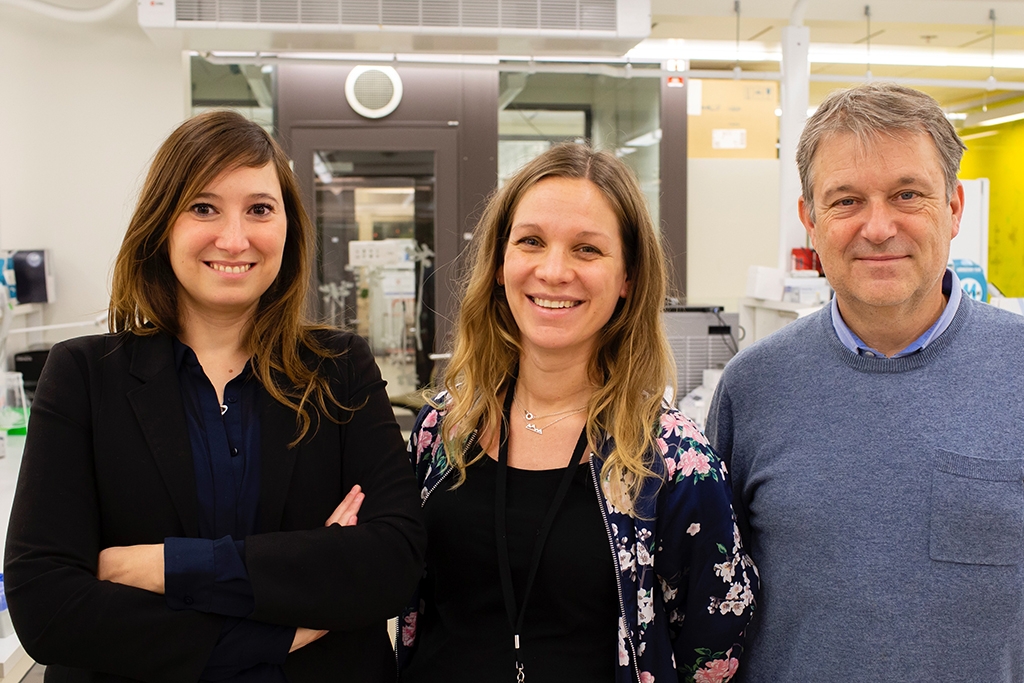New approach sheds light on the developing human heart
Facilitated by SciLifeLab’s Bioinformatics Platform (NBIS), National Genomics Infrastructure (NGI) and Eukaryotic Single Cell Genomics platform (ESCG), researcher from SciLifeLab have used a new approach to investigate the gene expression in the developing human heart in order to increase understanding of the genetic programs that are active during the developmental stage. This provides greater insights into the development of heart diseases.
During human embryonic development, the heart is the first solid organ to become functional. It also contains a substantially greater amount of stem cells than the mature adult cardiac tissue but the process of how these cells differentiate further into all diverse cell types remains unknown.
The developing heart also possesses a much higher regenerative capacity than during adulthood, although a few earlier studies have indicated that adult cardiac tissue might start to express genes normally associated with embryonic development during disease or injury. These types of genes could potentially be used as biomarkers or indicators of heart disease progression.
By investigating the cellular diversity in the developing heart, it is possible to gain deeper insights into the mechanisms behind its complete molecular program. However, in order to understand biological functions, networks and interactions between cell types regulating organ and disease development, information regarding cellular identities and spatial location in the tissue is vital.
In a recent study led by Joakim Lundeberg (SciLifeLab/KTH), researchers, including first authors Michaela Asp (KTH) and Stefania Giacomello (KTH), used a new approach that combines the power of three different technologies; Spatial Transcriptomics, single-cell RNA-sequencing and in situ sequencing, to generate a high-resolution cellular map of the developing human heart.
To facilitate its exploration for other researchers, the group have created a publicly available web resource that can be used to investigate and visualize 2D and 3D models of gene expression patterns during human heart development.
The results, published in the scientific journal Cell, will contribute to an improved understanding of human physiology and might potentially lead to new disease treatments. The new approach might also be used to further explore developmental processes in other organs and organisms.
The study was performed as part of the Human Developmental Cell Atlas program, a Swedish initiative within the international Human Cell Atlas consortium, which aims to bring together a community of scientists from different areas of expertise, to create a comprehensive catalogue of all cells in the human body.
“This work is a collaborative product of several cross-institutional team members. Our model of the developing human heart is one of the first organ-wide human developmental atlases with single-cell spatial resolution and I am certain that many scientists will benefit greatly from this unique resource.” Says Michaela Asp





